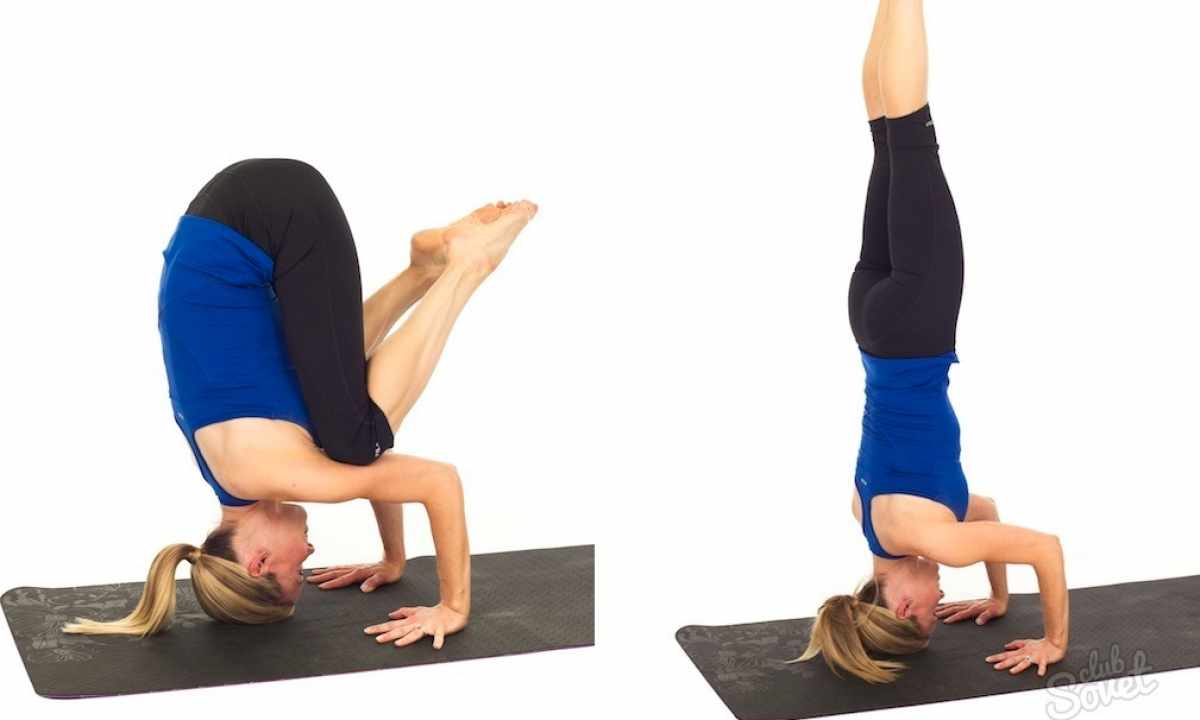The headstand, as well as any turned poses, favorably influences all organism. It has the rejuvenating effect, strengthens the neck and hands and also can lower pressure. This situation should be mastered gradually, being guided by some recommendations to performance.
In classical yoga the asana means the body pose which should be carried out steadily and without tension.
Sirshasana, or "the royal pose" as still it is accepted to call the headstand among yogis, is one of the most powerful asanas in the yoga-expert. This pose is in the list exigeant therefore demands the certain preparation and observance of rules of performance. Also there are some contraindications to the headstand.
You shouldn't hurry
In most cases the attempt to master this situation doesn't yield results and the main to it the reason – haste. Trying to rise breakthroughs on the head, it is impossible to understand the mechanism of this asana. It is necessary to master it gradually. It is better to begin at the wall. It is necessary to sit down on knees and to put hands before itself on the floor. The arm position has to remind the isosceles triangle, one palm is put on another from above.
This arm position is the base in the sirshasena. It helps to record the head and thus to prevent developing of injuries.
Having put the head on the floor so that hands fixed it, try to straighten legs in knees and to transfer body weight upside down. For this purpose it is necessary to move up legs closer to the head. It on the first time for your neck will be enough. Devote several occupations to the first step. When you feel confident, receiving the first situation, it will be possible to go further. The following step is in learning to tear off legs from the surface. For this purpose it is necessary to transfer completely body weight upside down – then it will be simple to raise legs without breakthroughs. Having become on the head, you shouldn't straighten at once legs – try to find balance with the legs bent in knees and to experience this situation. Having mastered the second step, it will be possible to pass to the headstand with straight legs. And when there will be the internal readiness, begin to carry out the sirshasana without wall. The headstand can be done every day up to 10 minutes. After the exit, having put legs on the floor, surely carry out light massage of the head: movements have to be directed from sides to the center. In advance collect hair that in the time spent in the asana they didn't disturb you. If you are engaged without instructor, film the headstand to define for yourself, how correctly you carry out it. The advantage of the sirshasana is that it lowers pressure. If you need to normalize it after the asana, it is possible to make the bridge as the counter-pose.
Contraindications
As well as any turned poses, the sirshasana aren't recommended to be carried out to women during critical days. Also the headstand is contraindicated to people with cardiovascular diseases and problems with the backbone in cervical department.

